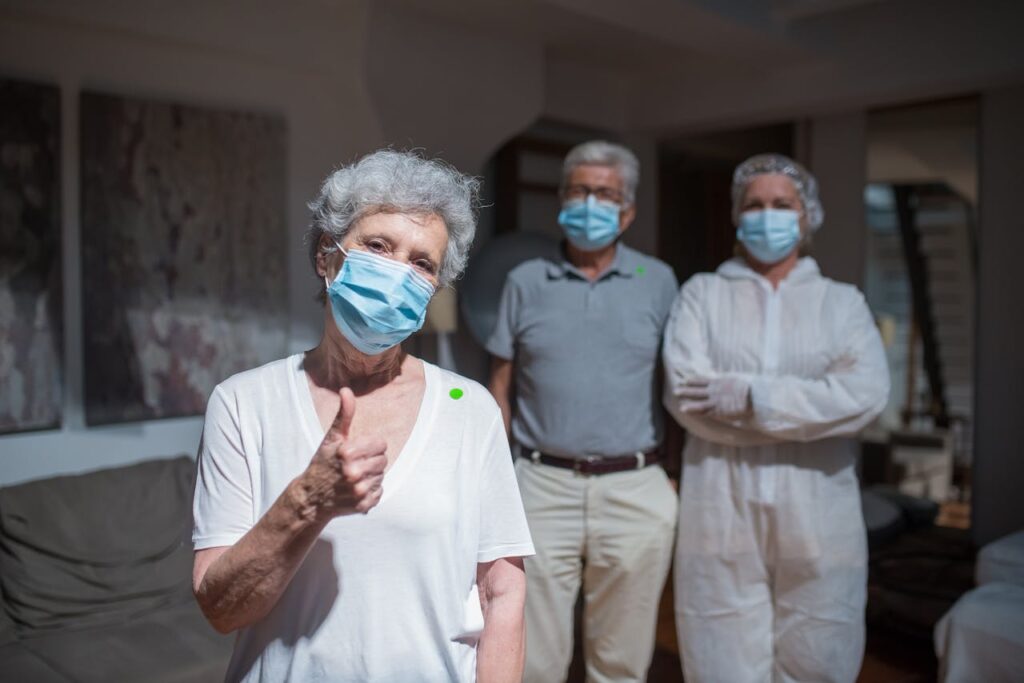Understanding Face Masks: Protection Options Explained
Not All Masks Are Created Equal: A Guide to Choosing the Right One
Forget the idea that all face masks are the same! There’s a big difference between a surgical mask and a properly fitted N95 respirator.
Surgical and fabric masks act as barriers against splashes and droplets, but they won’t filter tiny airborne particles like COVID-19. They offer some protection, but because they’re loose-fitting, air leaks around the edges. With an airborne virus like Coronavirus, these masks just don’t cut it.
Both standard surgical masks and many N95 masks use melt-blown filters that trap particles with static electricity. However, these filters become much less effective when they get wet from breathing.
Here’s the shocker: even though the Delta variant is highly contagious and the virus is airborne, many people are still relying on inadequate surgical and fabric masks. On top of that, while Australia uses the P2 standard (which is the same as N95 in the US), more than half of imported N95 masks are found to be faulty or counterfeit!
What’s a P2/N95 Mask?
Worn properly, disposable P2 or N95 respirators can filter out very tiny particles from the air. They’re designed to fit snugly over your nose and mouth, with no gaps between the mask and your face.
Surgical masks, on the other hand, are meant to protect the wearer from fluids like splashes. They offer some respiratory protection, but not as much as a P2 mask. Plus, the loose fit allows air to leak in and out. That’s why a surgical mask won’t shield you from an airborne virus.
There’s an Australian-made P2 respirator called the AMD P2 Nano-Tech Respirator. It’s like a personal air purifier with four layers of super-fine nanofibers that filter out a whopping 99.66% of airborne particles. The unique nanostructure lets you wear it comfortably for up to 24 hours, providing long-lasting protection and breathability. Unlike standard P2 masks, the nanotech filter keeps working even if it gets damp.
P2, N95, KN95, FFP2: Decoded
These seemingly different labels (P2, N95, KN95, FFP2) are actually equivalent certifications for respirators. They’re just issued by different regional governing bodies:
- Australia & NZ: P2 – AS/NZS 1716: 2012
- Europe: FFP2 – EN 149-2001 FFP2
- USA: N95 – NIOSH-42CFR84 N95
- China: KN95 – GB 2626:2019 KN95
How to Wear a P2 Mask Properly
Before putting on a mask, wash your hands thoroughly with soap and water for at least 20 seconds, or use a sanitizer. Avoid touching the inner part of the mask that will be against your nose and mouth.
Make sure the nose bridge strip is at the very top. Open the mask by holding the edges and place it over your nose and mouth. Stretch the ear loops over your ears, one at a time. Mold the nose bridge to your nose for a snug fit.
The key is to ensure no air leaks around the sides, top, or bottom of the mask. If you feel air escaping, try tightening the fit by tying the ear loops or using a mask extender.

